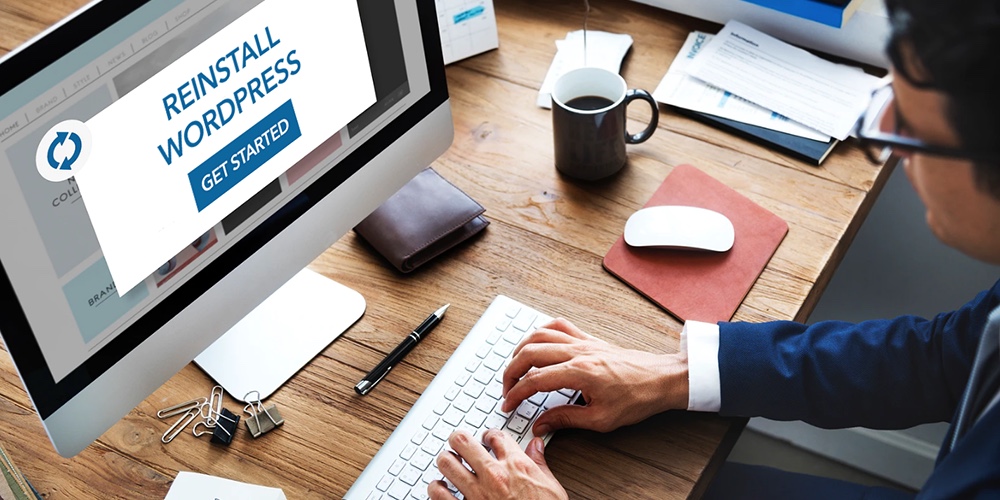Have you ever found yourself either writing a CSS selector that winds up looking confusing as heck, or seen one while reading through someone's code? That happened to me the other day.
Here's what I wrote:
.site-footer__nav a:hover > svg ellipse:first-child { }
At the end of it, I honestly couldn't even explain what it does to myself. LOL, that probably means there was a better way to write it.
But Hugo Giraudel has this handy new tool that will explain any selector you throw at it.
Here's how it explained mine:
An <ellipse> element provided it is the first child of its parent somewhere
… within a <svg> element
… itself directly within an <a> element provided it is hovered
… itself somewhere
… within an element with class site-footer__nav.
Bravo! It even spits out the specificity of the selector to boot. 👏
Direct Link to Article — Permalink
The post Selectors Explained appeared first on CSS-Tricks.
 WordPress can throw you quite the curveball as a beginner. One minute everything is working well, and the next, you’re stuck with a stubborn error. While most WordPress errors are easy to fix, at times, your only option is to reinstall the whole thing from scratch. Other times, you’re not even at fault. A hacker […]
WordPress can throw you quite the curveball as a beginner. One minute everything is working well, and the next, you’re stuck with a stubborn error. While most WordPress errors are easy to fix, at times, your only option is to reinstall the whole thing from scratch. Other times, you’re not even at fault. A hacker […]


